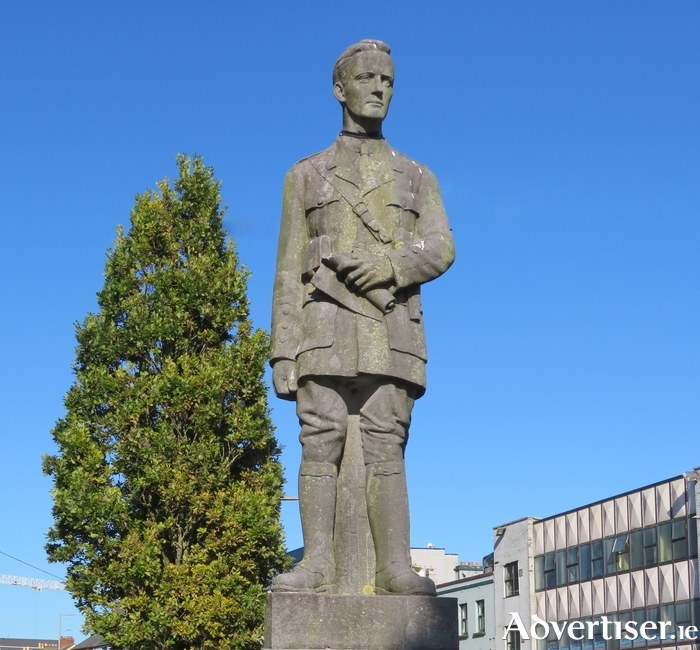Fianna Fail is to hold their 1916 Easter Commemoration events in the city this weekend. The anniversary Mass for 1916 volunteers will be held at 11am at St Patrick’s Church at Forster Street.
At 12 noon, there will be a parade to the Liam Mellows statue followed by a wreath-laying ceremony. The events are being organised by the Castlegar Cumann.
What can one say of the legacy of these men and women who sacrificed all in 1916 for theirbelief in an independent Ireland?
Looking back at the 1916 Easter Rising irrespective of personal politics, one has to acknowledge the courage of the men and women, who decided to try to take control of their own country.
The 1916 Rebellion was planned as an Irish Volunteer countrywide rebellion and orders were issued for mobilization for Easter Sunday 1916.
Companies of Irish Volunteers around County Galway had been training in the months priorto the rebellion. They were under the command of Liam Mellows, 24 years old at the time, who travelled around the county preparing Volunteers for the approaching insurrection. He was arrested and jailed on several occasions because of his activities.
After escaping from police custody, Mellowsarrived back in the Galway a few days prior to the rising and took command of the WesternDivision
Eoin MacNeill, Commander-in-Chief of the Irish Volunteers, had issued countermanding orders against staging a rebellion.
Nevertheless, the rebellion went ahead on Easter Monday through the efforts of sevendetermined and committed leaders who signed and issued a Proclamation claiming freedom for the people of Ireland.
Once Mellows received orders from Dublin that the rebellion was underway, he sent out dispatches to local Volunteer officers and over 700 Galway men and women answered the call to arms.
One must remember that many of them lacked proper weapons; some had onlypikes. They were aware that their rebellious actions could mean death on the field of battle or before a firing squad. Yet they stood by their ideals and in doing so showed unquestionable gallantry and commitment to Ireland.
Mellows led attacks on Royal Irish Constabulary stations at Oranmore, Clarinbridge and other areas. However, the rebellion was over by theend of Easter week, and the Volunteers in Galway disbanded.
In the weeks that followed hundreds of Galway Volunteers were hunted down and deported to jails across England and Scotland.
Mellows and a number of other local IRA leaders managed to evade capture and eventually escaped to the United States.
Although the rebellion had collapsed, it ultimately led to Irish Independence.

